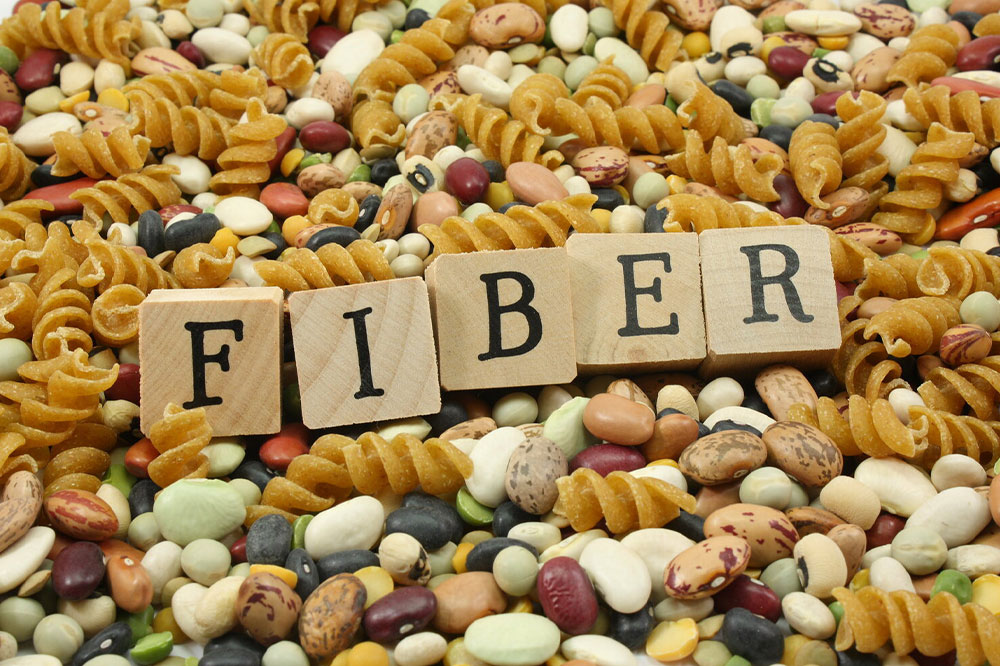Managing melanoma with high-fiber foods
Melanoma is probably the most serious form of skin cancer wherein the pigment-producing cells called melanocytes mutate and become cancerous. Though melanoma only accounts for less than 2 percent of cases in the country, it is extremely dangerous because it has the ability to rapidly spread to other organs if not treated at an early stage.
Aside from medication and therapy, certain strict dietary changes will also help one manage the condition and aid in speeding their recovery.

- To start with a high-fiber diet, one must include both soluble and insoluble forms of fiber that are natural and unprocessed.
- One must refrain from all kinds of white foods such as white rice, sugar, and flour as they have no fiber content.
- Whole grain cereals are perfect to start the day with and one can also opt for brands that focus specifically on the fiber content.
- Add wild rice, barley, whole-wheat pasta, and bulgur wheat to the overall diet for maximum fiber intake.
- Flaxseeds must be consumed on an everyday basis as they are high in fiber and omega-3 fatty acids.
- One must eat all possible forms of whole grains and refrain from the refined variety as the fiber content gets stripped off during the production process.
- It is important to add loads of fruits to the health chart basket such as berries, bananas, apples, and pears for maximum fiber intake. Fruits peels are also welcome as they are rich in fiber such as the skin of apples and pears.
- Also, add kidney beans, peas, and lentils that are packed with high-fiber content to the everyday diet regime.
- It is strongly advised that when one starts a high-fiber diet, a substantial amount of water must also be consumed to digest the food better and avoid any discomfort such as gas and bloating.
- Essentially consuming high-fiber foods or roughage will clear one’s digestive system and help the microbiome to thrive better.
It has been found that a high-fiber diet will lead to better diversity in the gut flora, which is highly advantageous. As a part of the high-fiber regime, one must add a good 25 to 35 grams of fiber to their regular and also look for fiber supplements in the form of tablets and medicines. It is recommended to not increase the intake of fiber drastically in a day but rather add more fiber content to the diet over time.















